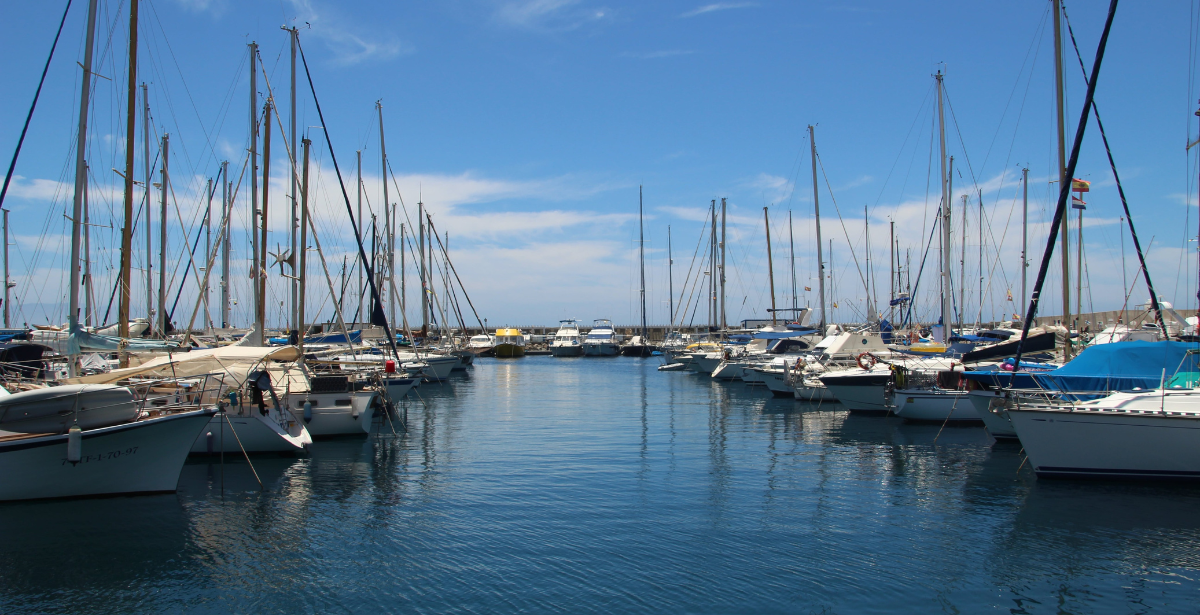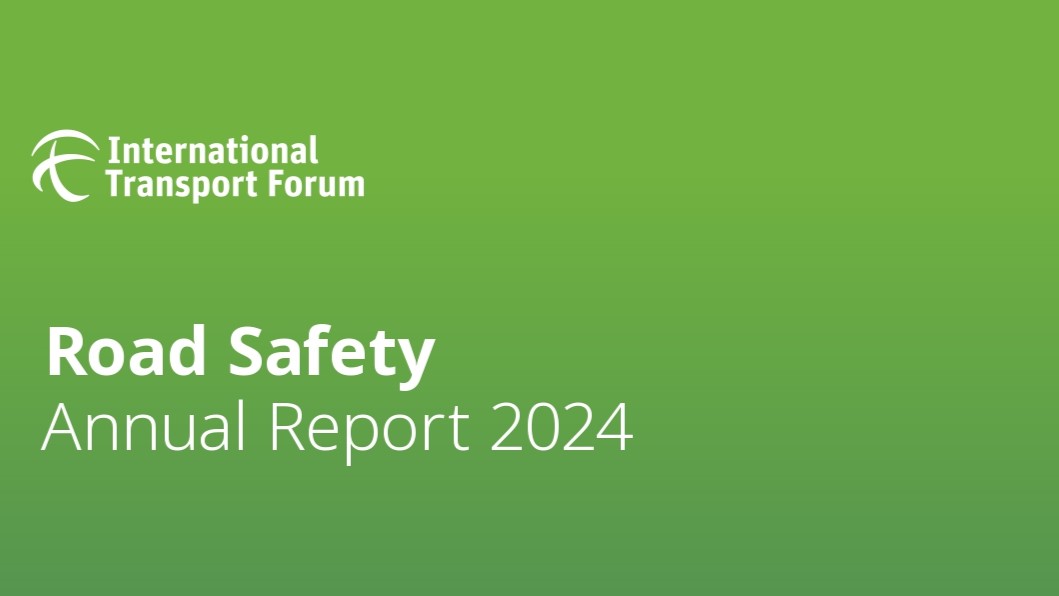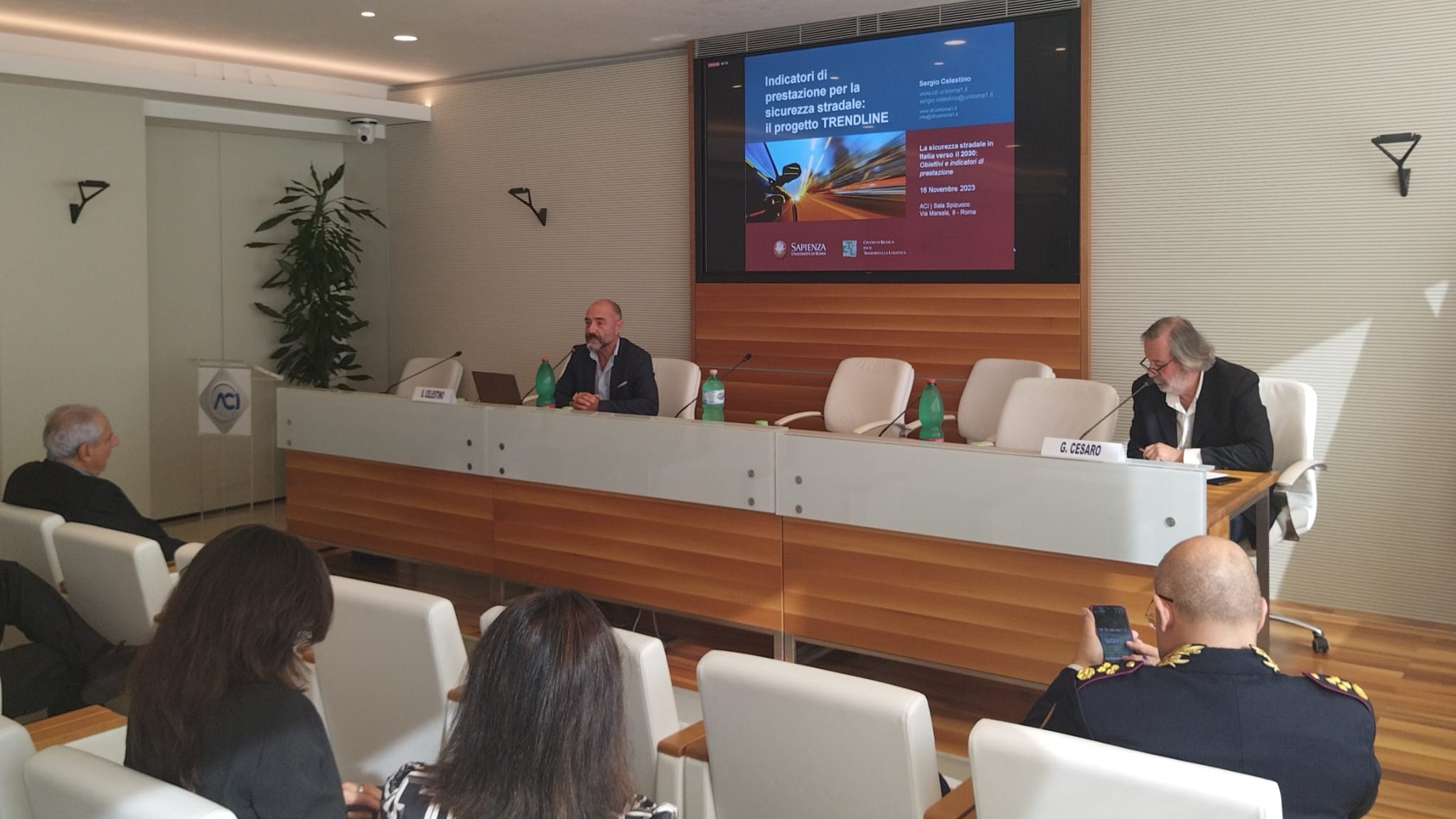The 5th Regional Mobility Monitoring Report was submitted to the Lazio Region, and interprets and processes data updated to March 2023. The data available up until that time are included in the as yet incomplete post-pandemic context of a “return to normality”: in fact, there remain significant differences which, if confirmed over time, could reveal structural changes in the way of life and moving around of Lazio’s citizens.
The principal socio-demographic data are part of the general trend towards a slow but constant population decline, which has been ongoing for at least five years: in 2022 the Lazio Region lost about 7,000 of its inhabitants (-0.18%), of whom less than a half in Rome and the rest distributed among the provinces.
The resumption of air traffic continues: the percentages show increases of +134.7% but are not yet the pre-pandemic ones (in 2022 recovery stagnated at almost 33m, with a difference of -33.5% with respect to the 2019 data).
There was a similar trend in air cargo, with increases of +34.1% in both airports with respect to 2021 but nonetheless 30% less compared to 2019. The port system data confirmed a considerable recovery in cruise tourism in the summer months, but still not equalling the 2019 record (2.1m against 2.6m, equal to a -18.2% in passengers; good commercial performance (e.g., with a +12% of TEU, equivalent to 112,000 units).
There are still considerable differences in the way of travelling to and from school and work: the LPT indicators reflect a recovery in the supply level according to the service agreements existing at the time of the pandemic, in the light of a reprisal of the still partial demand. People are still very wary regarding collective means of transport, insofar as representing a possible carrier of pathogens and owing to the recourse to flexible working, particularly in the public sector and in large companies.
Comparing Wind Tre mobility data with other available data, like the NOx and PM10 emissions, road accidents and the data of LPT companies on ticketing and passengers carried, it can be seen that the overall movements – independently of the means used – is in strong recovery, but has not yet equalled the 2019 levels (with differences of 13%) and that such recovery seems to concern more private vehicles than public transport, and more the movements within the metropolitan area of Rome than those between the provinces.
The Mobility Monitoring Report in Lazio, which outlines user behaviour and data on all transport systems at regional level, is drafted periodically by the Research Centre for Transport and Logistics of Sapienza University of Rome.
Click here to see the Report

























































